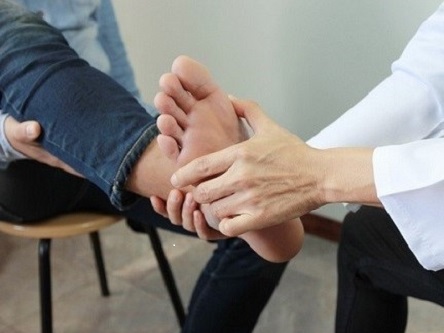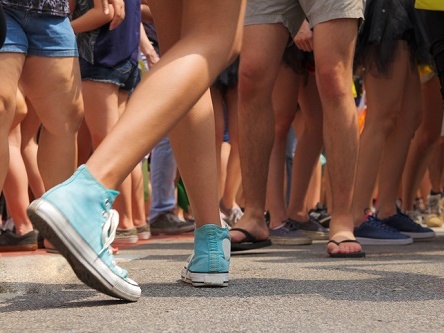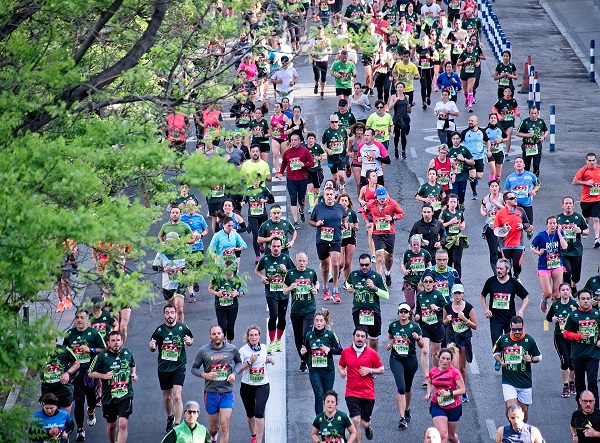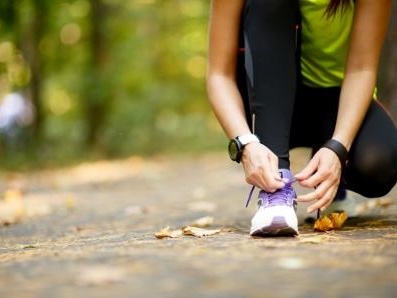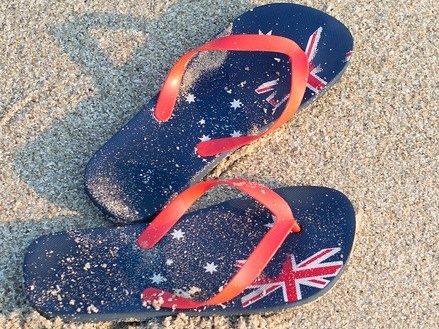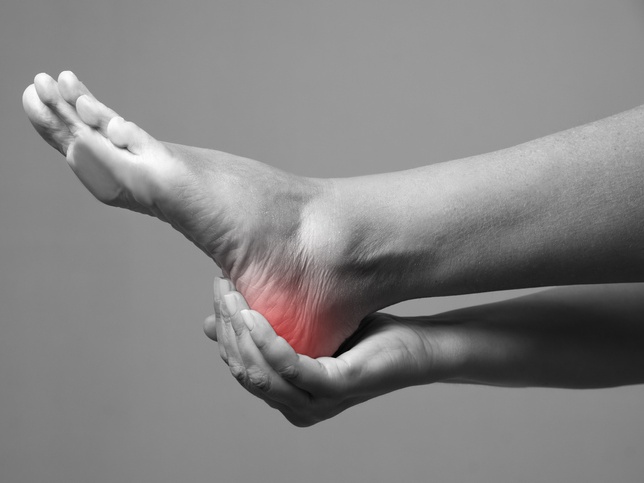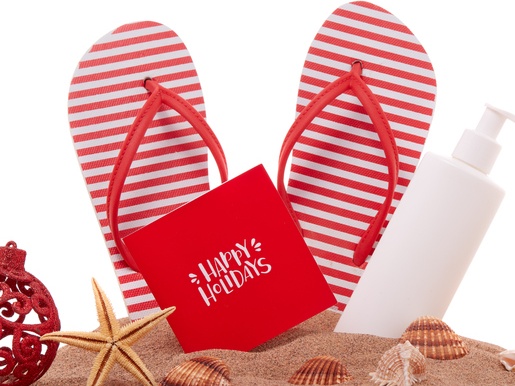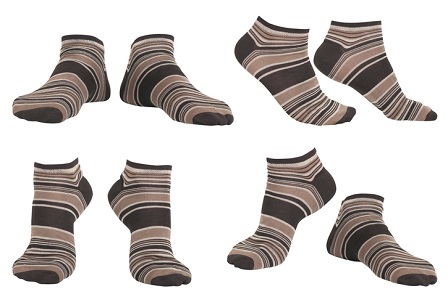A podiatrist can diagnose and treat a wide range of foot and ankle issues, from bunions and ingrown toenails to more serious conditions like plantar fasciitis or diabetic foot problems.
Whether you’re dealing with chronic pain, a sports injury, or simply want to ensure your feet are in the best shape possible – a podiatrist has the training to provide care and advice tailored to you. But how do you go about finding the best podiatrist for your needs?

Before we delve in to how to make this important decision, let’s discuss …
Why Might You Need a Podiatrist?
If you’re having problems with your feet or lower legs – an experienced podiatrist should be able to assist. For example, at Trevor Lane Podiatry we support patients with:
- Foot pain – including finding the source and treating it to help relieve the pain.
- Injuries – including sprains and fractures.
- Foot issues associated with diabetes – from tingling, pain and numbness, to calluses, ulcers and foot deformity.
- Skin concerns – such as athlete’s foot, warts, or calluses.
- Nail issues – including ingrown toenails or fungal infections.
- Structural problems – like flat feet or bunions that can cause pain and walking difficulties.
- Provide foot care advice – including how to care for your feet at home, and the right shoes to wear.
Finding the Best Podiatrist for Your Needs
Here are some tips to help you find the best podiatrist for your particular needs:
- Word of Mouth: Ask friends, family, or co-workers for recommendations. Personal experiences can provide valuable insights into a podiatrist’s competence and bedside manner.
- Research: Google is your friend! Look up local podiatrists and visit their websites to get an idea of the services they offer, their background, and their approach to treatment.
- Check Credentials: Check they have the necessary qualifications and that they are registered with the Australian Health Practitioner Registration Agency (AHPRA) Podiatry Board.
- Read Reviews: Look at patient reviews and ratings on healthcare websites. Reviews can reveal common patient experiences and highlight any recurring issues or praises.
- Evaluate Experience: Choose a podiatrist with extensive experience in treating your specific condition. More experienced podiatrists are likely to have encountered a wider variety of cases, improving their diagnostic and treatment skills.
- Consider Communication: Are they approachable and able to answer all your questions? Good communication helps build trust and ensures you understand your treatment plan and options.
- Confirm Fees. Make sure you understand the costs involved to avoid unexpected expenses. Check they accept your private health insurance, or alternatively consider seeing your GP for a Medicare Chronic Disease Management Plan which allows up to five rebated sessions per year with an eligible podiatrist.
- Visit the Clinic: Assess the cleanliness and organisation of their facility. A well-maintained clinic reflects the podiatrist’s professionalism and commitment to patient care.
Why Trevor Lane Podiatry Could Be Right for You
With over 20 years’ experience providing quality foot care to Redlands locals, we pride ourselves on our:
- Qualified FMT Therapist Service: We are the first podiatrist in the Redlands to offer Foot Mobilisation Therapy (FMT) – a manual technique that mobilises the joints of the feet and helps restore normal joint function and range of motion. FMT may be effective in the treatment of conditions including sprained ankles (1), non-specific foot pain (2), and plantar fasciitis (3) – and in some cases, an alternative option to orthotics or even surgery.
- Special Interest in Sports Podiatry: Our feet are highly susceptible to sports injuries, and we have a special interest in diagnosing and treating them – ranging from painful foot fractures to black bruised toenails, hamstring strains, sprained ankles, and more. Plus, as podiatry is preventative, we may also assist with injury prevention! (4)
- Male and Female Podiatrist Availability: Comfort means everything when it comes to your health, and we offer both male and female practitioners, each with a vast range of skills, qualifications, and experience.
There are plenty of other reasons we may be the best podiatrist for your needs! Find out why we’ve been trusted by Redlands locals for over two decades. Book a consultation with one of our experienced podiatrists today and let’s get you back on your feet with confidence.
References:






